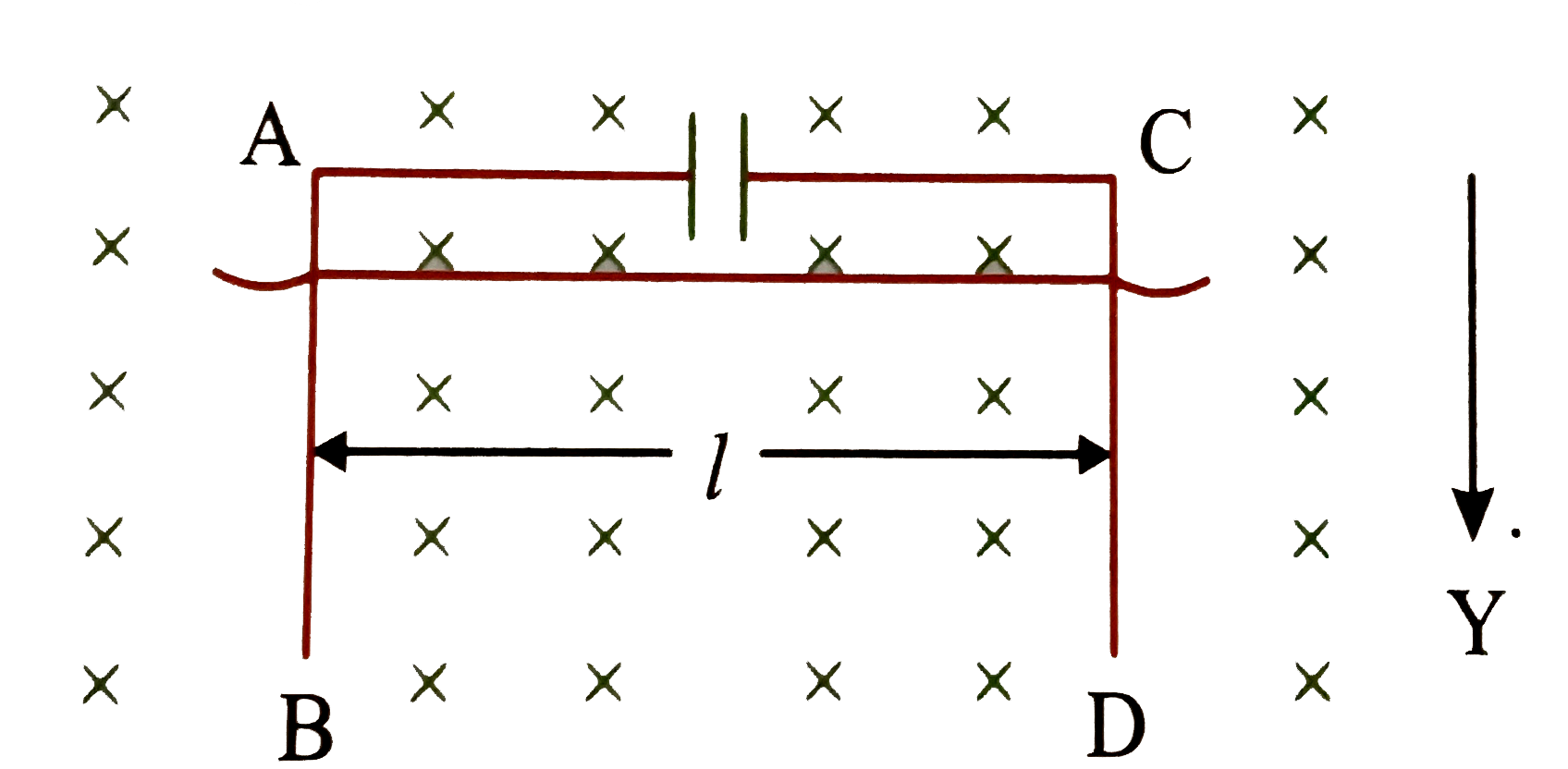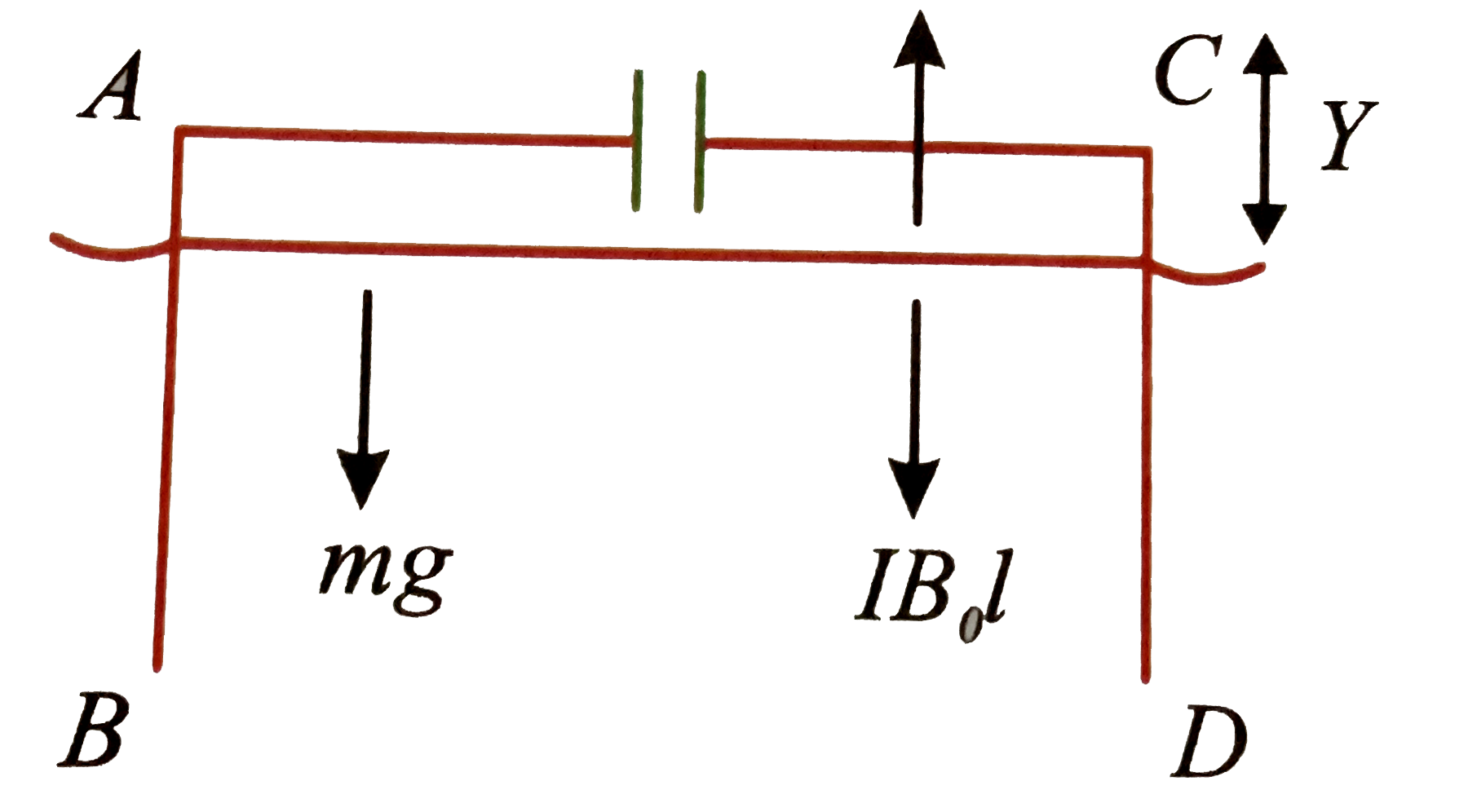A
B
C
D
Text Solution
Verified by Experts
The correct Answer is:
Topper's Solved these Questions
ELECTRO MAGNETIC INDUCTION
NARAYNA|Exercise Single Answer Questions Level -VI|13 VideosELECTRO MAGNETIC INDUCTION
NARAYNA|Exercise Integer type questions|2 VideosELECTRO MAGNETIC INDUCTION
NARAYNA|Exercise Single Answer Questions Level -V|11 VideosELECTRIC CHARGES AND FIELDS
NARAYNA|Exercise EXERCISE -4|43 VideosELECTRO MAGNETIC WAVES
NARAYNA|Exercise LEVEL-II(H.W)|14 Videos
Similar Questions
Explore conceptually related problems
NARAYNA-ELECTRO MAGNETIC INDUCTION-Comprehension Type Questions
- A conductor of mass m and length l is sliding smoothly an two vertical...
Text Solution
|
- A conductor of mass m and length l is sliding smoothly an two vertical...
Text Solution
|
- A conductor of mass m and length l is sliding smoothly an two vertical...
Text Solution
|
- A thin non-conducting ring mass m, radius a, carrying a charge q can r...
Text Solution
|
- A thin non-conducting ring mass m, radius a, carrying a charge q can r...
Text Solution
|
- Two capacitors of capacitance C and 3C are charged to potential differ...
Text Solution
|
- Two capacitors of capacitance C and 3C are charged to potential differ...
Text Solution
|
- Two capacitors of capacitance C and 3C are charged to potential differ...
Text Solution
|
- Switches S(1), S(2) remain open and switch S(3) remains closed for lon...
Text Solution
|
- Switches S(1), S(2) remain open and switch S(3) remains closed for lon...
Text Solution
|
- Switches S(1), S(2) remain open and switch S(3) remains closed for lon...
Text Solution
|
- In the shown figure, there are two long fixed parallel conducting rail...
Text Solution
|
- In the shown figure, there are two long fixed parallel conducting rail...
Text Solution
|
- In the shown figure, there are two long fixed parallel conducting rail...
Text Solution
|
- Six loops are formed of copper wire of the same cross-sectional area. ...
Text Solution
|
- Six loops are formed of copper wire of the same cross-sectional area. ...
Text Solution
|
- Six loops are formed of copper wire of the same cross-sectional area. ...
Text Solution
|
- In an LR circuit connected to a battery, the rate at which energy is s...
Text Solution
|
- In the circuit shown in Fig. switch k(2) is open and switch k(1) is cl...
Text Solution
|
- Two infinitely long conducting parallel rails are connected through a ...
Text Solution
|

